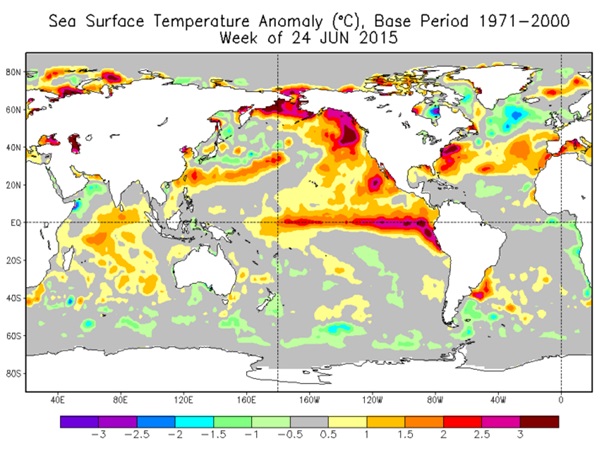Looking at the husbandry of those achieving extremely high winter wheat yields this year suggests that it was the weather, good crop management and possibly higher rates of applied N that were key. There are those who sell a programmed approach of trace element applications who are trying to claim that this was also a factor but I am very far from being convinced. Field yields of 16-17 t/ha were achieved without using any trace elements, except in some cases of manganese sulphate.
The requirement for above typical rates of nitrogen for extremely high yields is debatable because some farmers achieved these yields with their typical doses of nitrogen; around 200 kg N/ha for a first wheat on long term arable soils where no organic manures are being used. However, NIAB TAG have some trials’ evidence that there were cost effective responses from doses above 220 kg/ha when plot yields of feed wheat exceeded 14 t/ha. We are still deliberating on how this information can be used in practice.
It is also a matter of debate as to why this year was so special for achieving such high wheat yields. We did have around more than 10% extra radiation than average during the growing season but this cannot be the sole explanation because it is certainly not unique.
Air temperatures were bang on or close to average from March onwards and so the growth and development of wheat proceeded at its average rate. Higher than average radiation is often associated with warmer than average air temperatures which in turn result in a more hurried growth and development and so there is less time to trap all the extra radiation and convert it into yield. Hence, higher than average radiation combined with typical or below average air temperatures can only be beneficial for yield potential.
One reason why air temperatures may have been restrained this year was because the sea surface temperatures of the North Sea and the North Atlantic were significantly cooler than average. Temperatures of the surface of the North Atlantic go up and down in a multi-year cycle known as the North Atlantic Oscillation. This year we seem to have been towards or at the bottom of the current cycle. There are many learned papers that suggest that this cycle influences our air temperatures. The map below, which compares current sea surface temperatures to the average, clearly shows how cold the sea surface was around the UK this June.


Does all this explain the extremely high yields achieved by some growers? I personally do not think so. I discussed the subject with Eric Ober, a crop physiologist who works for NIAB. He gave me a few leads which I have followed up. As a result I have concluded that it was not only the above average radiation combined with average temperatures this year that were behind the extremely high yields but also that it was ‘the right kind of radiation’. I realise that this sounds a bit quirky and so I need to explain myself.
I examined the daily hours of sunshine received in March-July on the on-line automatic weather station at the Cambridge Computer Laboratory and compared their pattern with the four years in the previous ten years when we received similar levels of sunshine hours during these same five months. 2015 was very different. There was less than half the totally sunless days in these months and the total sunshine hours were accumulated more on a little and often basis than in the other years. In addition, I remember that this spring and early summer we regularly had sunny mornings until around 11.00 BST and then light cloud for the rest of the day. Some academic research shows that little and often bursts of lower intensity solar radiation (i.e. with a greater proportion of diffuse radiation) are better for photosynthetic efficiency than receiving the same overall level of radiation in longer and more intensive bursts. Similarly, there are several studies that show that solar radiation is more efficiently used by wheat when it occurs in the morning or evening rather than at midday (1:00 BST) when it is at its most intense.
In conclusion, I think that the reasons for the extremely high yields of wheat in some parts of the country this year are:
• The crops came out of the winter in good condition and there was little over-winter water logging.
• The very high yielding areas had a good dollop of rain in May, perhaps at the expense of some solar radiation.
• Temperatures from March onwards were around average but solar radiation was well above average, particularly in April and June. The April weather helped to ‘set up’ the foundations for potentially high yielding crops and June is the key month for grain fill.
• The higher than average radiation was supplied on a ‘less intense and more often basis’, which is conducive to high photosynthetic efficiency.
It was not just wheat that achieved very good yields this year and so other crops may have responded to some or all of these factors. Perhaps ‘the right kind of solar radiation’ is not so quirky after all.
